Soft Matter is planning to produce a themed issue on Bridging the gap between hard and soft colloids in 2012. Please e-mail the editorial office, softmatter-rsc@rsc.org, if you would like to contribute an article.
The Guest Editors of the issue are Professors Dimitris Vlassopoulos (University of Crete, Greece) and Michel Cloitre (ESPCI, France).
With the emergence of soft matter as an important interdisciplinary field of science, combining distinct hallmarks of different systems has become an outstanding challenge. Colloidal hard spheres and polymeric coils represent the two limiting cases of soft matter behaviour with unique, different features: characteristic size, order, origin of stress, confinement. Modern macromolecular chemistry has opened the route for designing and synthesizing soft colloids which encompass properties of both, and hence bridge the gap between hard spheres and polymers. A non-exhaustive list of examples includes end-grafted nanoparticles, block copolymer micelles, multiarm star polymers, microgels, vesicles. Understanding the structure and dynamics of such soft colloids, which are thus very diverse, represents a fascinating challenge for statistical and condensed-matter physics, materials science, biophysics as well as for the industrial applications. Some key questions of fundamental interest concern the nature of the glass and jamming transitions in soft colloids, the rheological behaviour of the glassy suspensions, the effect of solvent, slow dynamics and aging, the role of particle shape and the design of new tailored architectures.
The deadline for the receipt of manuscripts for this themed issue is
3rd October 2011
Manuscripts can be submitted using the RSC’s on-line submissions service. Please clearly mark that the manuscript is submitted for the themed issue on Bridging the gap between hard and soft colloids.
Please would you inform the editorial office by e-mail at softmatter-rsc@rsc.org as soon as possible if you plan to submit to the issue and whether your contribution will be original research or a review-type article. We would like to have a list of authors who intend to contribute as soon as possible.











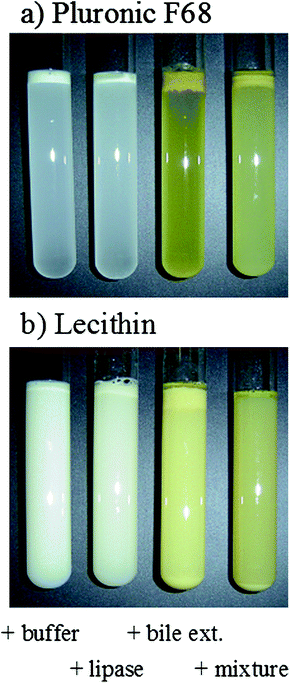
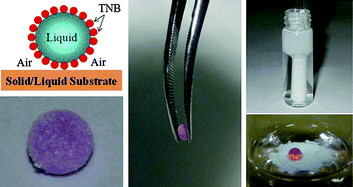
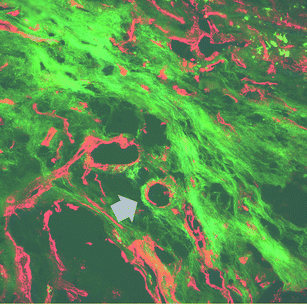
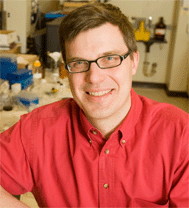
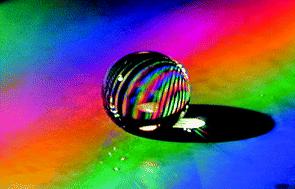
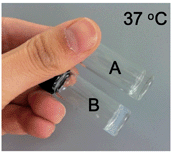
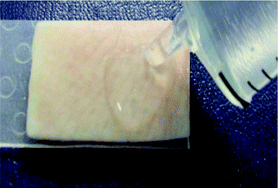
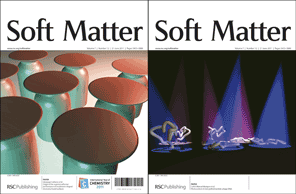
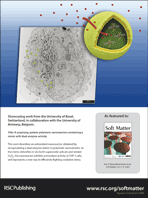 Showcasing work from the University of Basel, Switzerland, in collaboration with the University of Antwerp, Belgium-
Showcasing work from the University of Basel, Switzerland, in collaboration with the University of Antwerp, Belgium- 